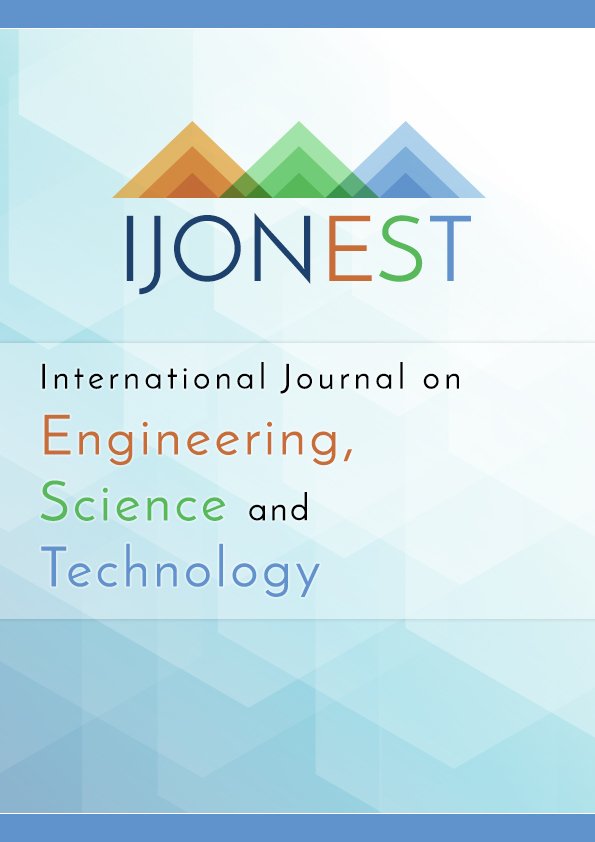A Study on the Effectiveness of Chunk Teaching Method in English Writing Teaching in China’s Middle Schools
DOI:
https://doi.org/10.46328/ijonest.215Keywords:
Chunk Teaching Method, Middle School, English Writing Teaching, EffectivenessAbstract
Anchored in the researchers’ investigation and experience during the internship at a middle school in Nanjing, Jiangsu Province, this dissertation, carried out under the guidance of the theory of chunk teaching method, sorts out the current research results and findings on chunk teaching method, and then analyzes the differences between the chunk teaching method and other traditional writing teaching methods from the perspectives of contents and functions, which draws a conclusion that the utilization of chunk teaching method in China is of great significance to the improvement of middle school students’ abilities in English writing. Before writing this paper, researchers conducted a series of preliminary preparations such as questionnaires, interviews and the same-topic writing tests. With that in mind, this dissertation reveals the chunk teaching method’s capability of more or strengthening middle students’ English writing ability, and thus demonstrates the effectiveness of chunk recitation in English writing teaching in China’s middle schools, which provides reference and critical materials for scholars in this field.References
Michael, L. (1993). The Lexical Approach: the State of ELT and the Way Forward. Language Teaching Publications.
Guan, X.L. & Qiu,Z.H. (2013). The Application of Chunk Theory in College English Writing Teaching. Journal of the Chinese Society of Education, S2, 99-100.
Qi, W.H. (2019). On the Theory and Practice of Chunk Approach. Nanjing University of Posts and Telecommunications.
Jeremy, H. (2004). How to Teach Writing. Pearson ESL.
Beth, M & Lindy, L. (1998). Teaching Writing in Middle School: Tips, Tricks and Techniques. Teacher Ideas Press.
Yang, L.Y. (2015). Research Status of Lexical Chunk Theory at Home and Abroad. Jintian, (4).
Rao, T.S. (2013). On the Advantages and Approaches of Chunk Teaching Method. Time Education, (21): 53-54.
Chen, D.L. (2015). The Application of Chunk Approach Driven by Language Awareness in College English Writing Teaching. Journal of Foreign Languages, (02): 112-115.
Yan, L.Z. (2012). Applying Lexical Chunks to Improve English Writing Ability. Fujian Education, (1).
Chen, X.Z. (2016). The Influence of Chunk Teaching on Weakening the Negative Transfer of Mother Tongue in Middle School English Writing. New Course, (06): 111-112.
Jiang, W.F. (2014). On the Application of Chunk Theory in English Writing Teaching in Middle Schools. New Course, (5): 103.
Dong, J. (2018). An Empirical Study on the Teaching of English Writing in Junior Middle School by Using Chunk Teaching Method. English Teacher, (7).
Bai, J. (2015). The Effective Application of Thinking Based Chunk Teaching Method in Senior English Writing. Overseas English, (17): 61-62.
Zhu, Y.Y. (2011). Chunk Approach is a New Approach to English Teaching. Gansu Education, (06).
Wang, J.N. (2015). An Empirical Study on the Use of Chunk Teaching Method to Reduce Chinglish in Junior Middle School Students’ English Writing. Northwest Normal University.
Downloads
Published
Issue
Section
License
Articles may be used for research, teaching, and private study purposes. Authors alone are responsible for the contents of their articles. The journal owns the copyright of the articles. The publisher shall not be liable for any loss, actions, claims, proceedings, demand, or costs or damages whatsoever or howsoever caused arising directly or indirectly in connection with or arising out of the use of the research material.
The author(s) of a manuscript agree that if the manuscript is accepted for publication in the International Journal on Engineering, Science and Technology (IJonEST), the published article will be copyrighted using a Creative Commons “Attribution 4.0 International” license. This license allows others to freely copy, distribute, and display the copyrighted work, and derivative works based upon it, under certain specified conditions.
Authors are responsible for obtaining written permission to include any images or artwork for which they do not hold copyright in their articles, or to adapt any such images or artwork for inclusion in their articles. The copyright holder must be made explicitly aware that the image(s) or artwork will be made freely available online as part of the article under a Creative Commons “Attribution 4.0 International” license.

This work is licensed under a Creative Commons Attribution-NonCommercial-ShareAlike 4.0 International License.





